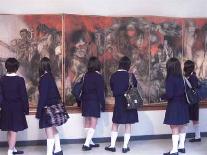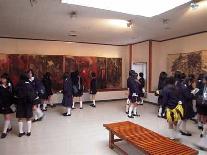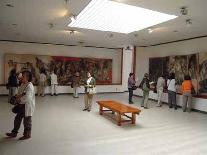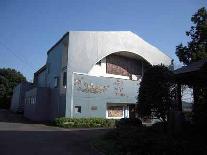JAPAN
Maruki Gallery for “Hiroshima Panels” (Japan)
(Nov. 17, 2008)
by Yukinori Okamura, Curator
Iri Maruki, an ink painter originally from Hiroshima (1901-1995), and his wife Toshi, an oil painter (1912-2000), entered the city several days after the atomic bombing and witnessed the stunning devastation. They became determined to depict the physical and spiritual pain of the victims on panels 1.8 meters high and 7.2 meters wide. This marked the start of their creation of “Hiroshima Panels.”
To proceed with their work, the couple listened to the experiences of A-bomb survivors and made a series of sketches using themselves and young people as nude models. When the first “Hiroshima Panels” were complete, their showing created a sensation and the exhibition toured throughout the nation. As support for their work increased, and new testimonies from survivors arrived, the artists added new paintings to the series. The 15-part “Hiroshima Panels” was completed over a period of 30 years and toured to more than 20 countries.
“Hiroshima Panels” is a work of art in which numerous memories of the A-bomb survivors are woven together in many layers. The paintings stir the imagination of viewers and make it seem as if the vast, burnt ruins lay just before them.
In their later years, Iri and Toshi Maruki, looking at the tangled reality of war’s victims and victimizers and wondering what “true peace” really is, produced huge paintings one after the other, including “The Holocaust of Nanjing,” “The Scene of Auschwitz,” and “The Scene of Minamata.”
Along with these large paintings, the Maruki Gallery in Higashi-Matsuyama City, Saitama Prefecture exhibits works by Suma Maruki, Iri’s mother. While in her 70s she began to paint brightly-colored images of nature. The museum holds about five special exhibitions a year for visitors to contemplate issues of war and life from various viewpoints.
Iri loved the landscape around the museum site, with the Tokigawa River flowing past, because he said it “resembles the Otagawa River in Hiroshima.” Every August 6, a “Hiroshima Memorial” is held here and paper lanterns are floated in the river. It is a moment when the museum is linked to Hiroshima beyond time and space.
Location: 1401 Shimo-Garako, Higashi-Matsuyama City, Saitama Prefecture
Phone: +81-493-22-3266
URL: http://www.aya.or.jp/~marukimsn
Closed on: Mondays (when the day falls upon a national holiday, the following Tuesday); December 29~January 3; Golden Week (the first week of May)
Admission: Adults, 900 yen; 18 or under, including junior/senior high school students, 600 yen; elementary school students, 400 yen; other discounts available
(Originally published on November 3, 2008)
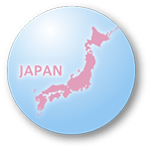 Peace Museums of JAPAN
Peace Museums of JAPAN
